Constellations #4
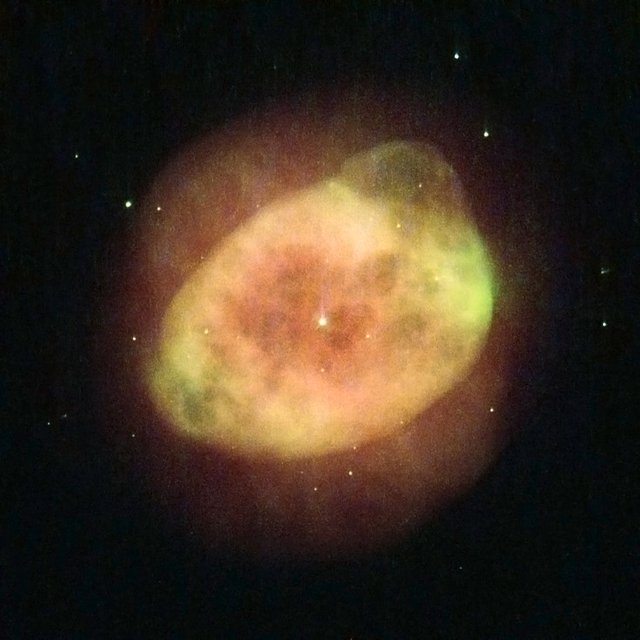
Image source [1]: Planetary nebula IC 289 is a cloud of ionised gas being pushed out into space by the remnants of the star’s core.
Hello friends, continuing our journey through the constellations, today we will know the constellation Capricornus, Cassiopeia, Centaurus and Cepheus. Here the previous post [1] [2] [3].
Capricornus is one of the 88 modern constellations, and was also one of the 48 constellations listed by the 2nd century astronomer Ptolemy. Under its modern boundaries it is bordered by Aquila, Sagittarius, Microscopium, Pisces Austrinus, and Aquarius. Capricornus is a faint constellation, with only one star above magnitude 3; its alpha star has a magnitude of only 3.6.
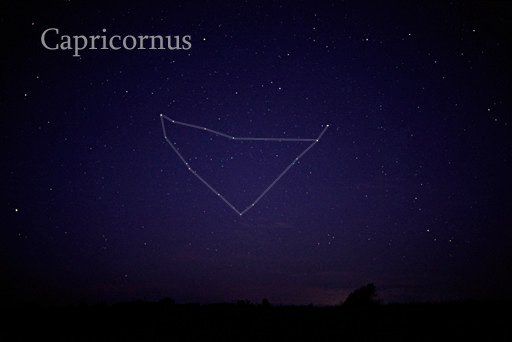
Image source [2]: The constellation Capricornus as it can be seen with the naked eye.
Free Stuff - VFX Footage / Motion Graphics
Cassiopeia is a constellation in the northern sky, named after the vain queen Cassiopeia in Greek mythology, who boasted about her unrivaled beauty. Cassiopeia was one of the 48 constellations listed by the 2nd-century Greek astronomer Ptolemy, and it remains one of the 88 modern constellations today. At magnitude 2.2, Alpha Cassiopeiae, or Schedar, is generally the brightest star in Cassiopeia, though is often shaded by Gamma Cassiopeiae, which has brightened to magnitude 1.6 on occasion.
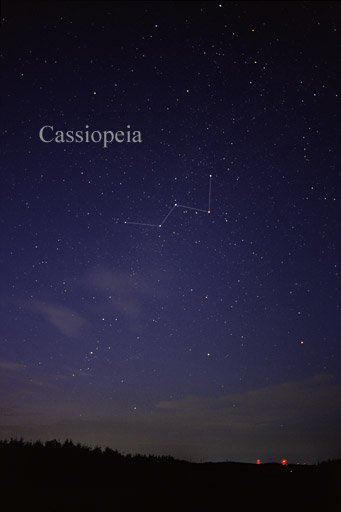
Image source [3]: The constellation Cassiopeia as it can be seen by the naked eye from a northern location.
Cassiopeia A is a supernova remnant found embedded in the constellation that bears its name, which is known as the queen in Greek mythology.
Centaurus is a bright constellation in the southern sky. One of the largest constellations, Centaurus was included among the 48 constellations listed by the 2nd-century astronomer Ptolemy, and it remains one of the 88 modern constellations. Centaurus contains several very bright stars. Its alpha and beta stars are used as "pointer stars" to help observe the constellation Crux. Centaurus has 281 stars above magnitude 6.5, meaning that they are visible to the unaided eye, the most of any constellation.
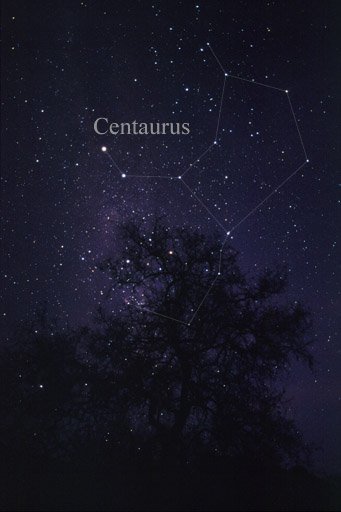
Image source [4]: The constellation Centaurus as it can be seen by the naked eye.
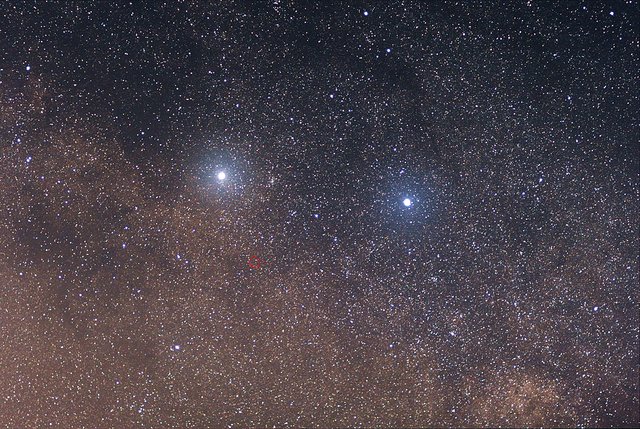
Image source [5]: The two bright stars are (left) Alpha Centauriand (right) Beta Centauri. The faint red star in the center of the red circle is Proxima Centauri. Taken with Canon 85mm f/1.8 lens with 11 frames stacked, each frame exposed 30 seconds.
Cepheus was one of the 48 constellations listed by the second century astronomer Ptolemy, and it remains one of the 88 constellations in the modern times. The constellation's brightest star is Alpha Cephei, with an apparent magnitude of 2.5. Delta Cephei is the prototype of an important class of star known as a Cepheid variable. RW Cephei, an orange hypergiant, together with the red supergiants Mu Cephei, VV Cephei, and V354 Cephei are among the largest stars known.
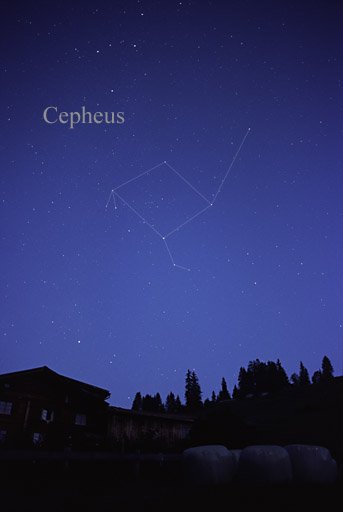
Image source [6]: The constellation Cepheus as it may be seen by the naked eye.
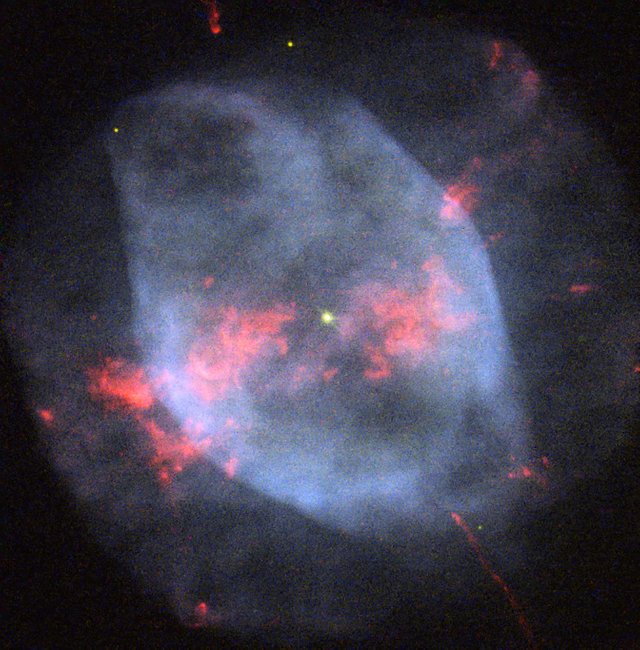
Image source [7]: NGC 7354 is a planetary nebula located in the constellation Cepheus.

Interesting post. I keep learning a lot about constellations from you. That's why i love this platform, it gives opportunity to learn so many stuffs. Thanks for sharing!
Thanks :D
Good post. Your explanation on constellation is superb. Great job
:)